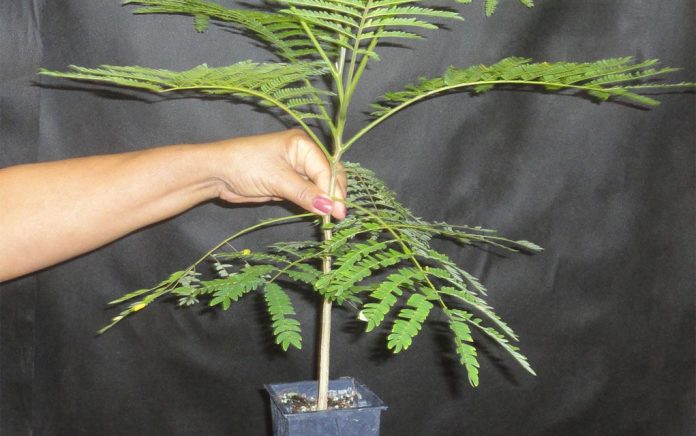It’s a surprise that with mother nature destroying many things out there that we are still trying to save the planet. With that being said, special thanks to the 36th Civil Engineer Squadron for trying to save the serianthes nelsonii trees in Guam. These trees, known as Fire Trees are beautiful.
If they aren’t knocked down from typhoons, these trees are the tallest on the island. There are only about 30 trees left between Guam and Rota.
The squad joined up with the Guam Plant Extinction Prevention Program to plant 41 saplings in different locations on Andersen Air Force Base.
According to Dr. Jim McConnell at the University of Guam and the 36 CES environmental flight, the cause of the original decline of the trees is still unknown. Many trees on Rota were lost during the 2015 typhoon season, as well as to damage done by insects and animals. Team Andersen continues to work to ensure that any infrastructure has a low impact on wildlife and cultural sites on Guam.
Rock on!
References: https://www.dvidshub.net/news/249198/andersen-making-strides-protect-endangered-wildlife-guam



